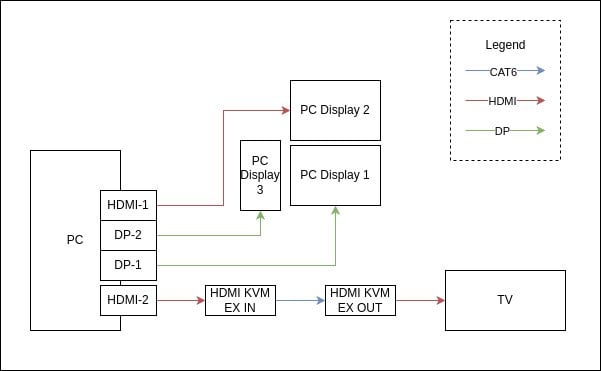this post was submitted on 18 Oct 2024
19 points (100.0% liked)
KDE
5234 readers
141 users here now
KDE is an international technology team creating user-friendly free and open source software for desktop and portable computing. KDE’s software runs on GNU/Linux, BSD and other operating systems, including Windows.
Plasma 6 Bugs
If you encounter a bug, proceed to https://bugs.kde.org, check whether it has been reported.
If it hasn't, report it yourself.
PLEASE THINK CAREFULLY BEFORE POSTING HERE.
Developers do not look for reports on social media, so they will not see it and all it does is clutter up the feed.
founded 1 year ago
MODERATORS
you are viewing a single comment's thread
view the rest of the comments
view the rest of the comments

I do this with a projector.
When the projector is off, it is not detected by my GPU. When it is on, it is.
I simply configured the display config while the projector was on, with disabled monitors.
When the projector is turned off, it disappears, which triggers the normal, no-projector config.
My monitors now go blank, and come back, depending on whether the projector is on.